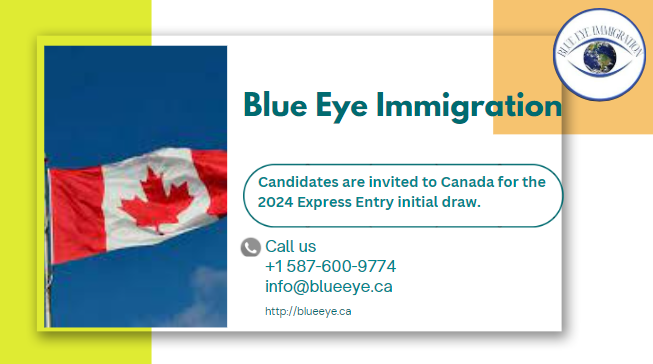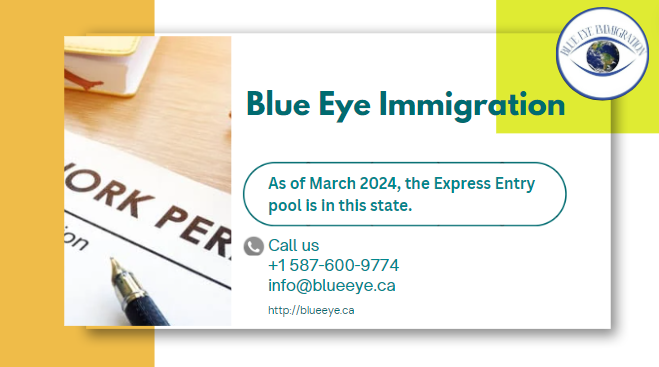The two main immigration paths used by Immigration, Refugees and Citizenship Canada (IRCC) to bring new permanent residents to Canada each year are the Express Entry system and the Province Nominee Programs (PNPs) in Canada.
Out of the 485,000 new immigrants the nation will welcome in 2024, 220,770 will enter via these two channels.
A straightforward query may come up for many people wishing to move to Canada: should I submit my profile through a Base PNP or under the Express Entry program? Every path has benefits of its own. Continue reading to find out more about decision-making, the distinction between enhanced and base PNPs, and other topics.
Express Entry: What Is It?
One of the primary channels for economic immigrants into Canada is the Express Entry application management system.
Three immigration programs are managed by Express Entry for admissions:
- The program for Federal Skilled Workers (FSWP);
- Program for Federal Skilled Trades (FSTP); and
- The Experience Canada Class (CEC).
Express Entry is anticipated to be the most popular entry route for foreign nationals in 2024. Through these initiatives, Canada hopes to welcome 110,700 permanent residents.
Before anyone may submit a profile to the Express Entry pool of qualified candidates, they must first fulfill the requirements for each of these three programs. An individual becomes an official Express Entry candidate with a profile in the pool after they meet the requirements and submit their profile under one of the programs.
All candidates receive Comprehensive Ranking System (CRS) ratings after submitting their profiles to the Express Entry pool. These scores are determined by a combination of factors, including job experience, human capital, and other attributes.
In order to get an ITA for permanent residence (PR), candidates must now wait for an Express Entry draw (either a program-specific draw or a general draw) with a minimum CRS score that matches their CRS score. Upon successful submission, an Express Entry profile is valid for a year, after which candidates may resubmit it.
Candidates become applicants upon receipt of an ITA, and upon invitation, they have 60 days to apply to the IRCC for PR. If accepted, permanent residence (PR) is granted to immigrants, allowing them to establish and live in Canada. Visit our dedicated webpage here to find out more about Express Entry.
Candidates from the Federal Express Entry pool who meet the eligibility requirements may also be invited by Canadian provinces. Enhanced streams, which are unique Provincial Nominee Program (PNP) streams, may enable this. Unlike standalone or Base PNP streams (more on Base PNP streams to come), these Express Entry-aligned streams are distinct.
People from the Federal Express Entry pool or the provincial/territorial pool of eligible candidates must be invited to submit an improved PNP application to the province or territory in order to be nominated under an enhanced stream. A provincial nomination gives a candidate 600 more CRS points, which improves their prospects of getting an ITA from the federal government. Visit this page to find out more about enhanced PNP streams.
Base Provincial Nominee Programs (Base PNPs): What are they?
Base PNPs are streams that are managed by a provincial or territorial government and are not aligned with Express Entry. Each of these streams has its own qualifying requirements and must be applied to separately (more on this later).
By enabling provincial and territorial governments to designate qualified immigrants to settle and reside within their borders, Base Provincial Nominee Programs, or simply Base PNPs, were first developed to assist provinces and territories in more directly addressing local labor market and demographic challenges.
Except for Nunavut and Quebec, which each have their own specialized immigration systems, every province and territory in Canada operates a PNP. Depending on the program, eligibility requirements can change, but they typically include living, studying, or working in a province; having a profession that is in demand or having found employment there; and/or possessing human capital that the province believes will boost the local economy.
PNPs, which aim to disperse the advantages of immigration across the nation, rank as Canada’s second-largest immigration route this year. PNPs in 2025 and 2026 are anticipated to surpass all other immigration channels to become Canada’s largest gateway for welcoming newcomers to the country, although not being as large as Express Entry in 2024 (in terms of newcomer intake).



